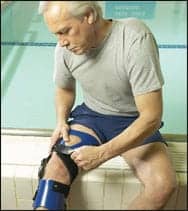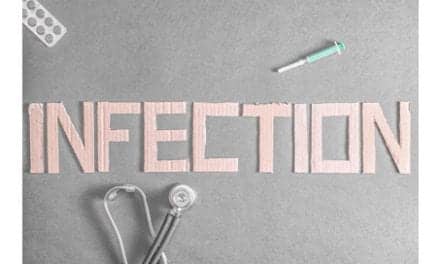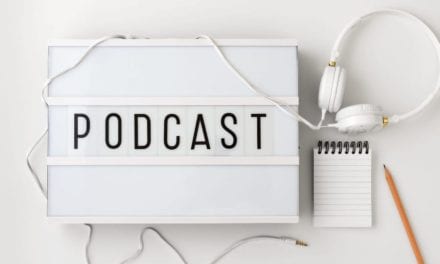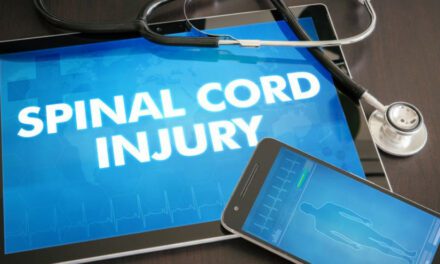When it comes to rehabilitating knee injuries, sports PTs tend to keep one thing foremost in mind—braces are fine, but only if they’re really needed. First, use every means possible to get the knee joint to repair itself through conservative treatment without a brace.
As Kevin Wents, PT, CSCS, puts it, “Our philosophy is to correct the mechanics, get the body part working optimally.” Wents, partners with Jim Liston, Med, CSCS, in Competitive Athletics Physical Therapy (CATZ), Pasadena, Calif, continues, “If there’s still pain and instability after rehab, then go to a brace.”
Of course, there are various types of knee injuries, and various types of braces appropriate for those injuries. As Liston explains, the initial decision about a knee brace is often not up to the therapist. “After reconstructive surgery, with ACL being most common, we generally get orders from the orthopedist to use an immobilizer, de-rotational type of brace.” The idea is to stop the rotation of the tibia on the femur so as to not stress the ligament.
“Any brace with a hinge will restrain on the frontal plane,” says Liston, “but it’s more difficult to protect MCL and lateral ligaments. For that, you need a custom-built brace that will grab on to the tibia and not let it rotate on the femur.”
Liston and Wents, whose 14,000-square-foot facility includes 5,000 square feet of field turf, have their preferences in terms of brands of knee braces. “We like the Townsend brace in particular because of its nonsliding fit—we’re comfortable with it after years of effective use. The Breg and OrthoTex are also quite popular,” adds Wents.
As to when the brace should be applied and how long it should be used, Liston says that the doctor will often tell the athlete, “I don’t care how you feel, I want you to wear the brace for 1 year postsurgery.” But, says Liston, if they don’t have those kinds of orders, they need to do thorough testing in the clinic to see what the patient’s level of function is without the brace, “especially change of direction, and hard, aggressive pivoting. If there’s just a little instability when they’re in live action, we keep them in the brace, but for drills in a controlled practice environment, we encourage them to go without the brace.”
Another key factor is that some athletes become psychologically dependent on wearing the brace, and in that case, “we let ’em wear it,” says Liston. “Otherwise they may be at risk because they’re favoring one leg if it is braceless.”
As for how many ACL surgical patients can expect to shed their postoperative brace entirely, the number is surprisingly large, in the area, says Liston, of 90%. “Rehab has come a long way in restoring stability so that a brace is no longer necessary.”
One of the key rehab techniques is strengthening and balancing exercises, such as squats and lunges. “We use a number of different criteria in determining when the patient is ready for the next level, such as: 1) single leg squat; the goal is for the patient to be able to control their entire body weight when performing this exercise; 2) light agility and movement exercises toward the next level—skipping, full jump, for knee, ankle and hip; 3) work up to single leg exercises with twisting and jumping—in this phase may need to support people with braces. “When we deem them 100% stable, hopefully, they will no longer need knee braces.”
The time frame for ACL rehab is about 4 to 6 months, says Liston. “Age is an important factor,” he adds. Recovery from multiple ligament tears will, of course, take longer. Liston cites the case of Shaun Livingston, the NBA player with the Los Angeles Clippers. “He blew out his knee completely, including the ACL, MCL, PCL, and LCL. You can expect about 2 years recovery time for an injury of that severity.”
Different types of knee braces include soft, fundamental, adjustable range, and advanced. Soft braces are compression wraps usually made from material such as neoprene. Their primary function is to keep swelling down and keep the joint warm. “They’re good for degenerative conditions like arthritis because the warmth they provide helps keep up a good blood flow,” says Liston.
Fundamental or basic braces are the ones that help stop derotation, such as the products from Townsend, OrthoTek, and Breg. These are the ones most commonly worn by athletes during rehab and on the field.
Adjustable range braces, used both pre- and postsurgery, have built-in hinges that allow for gradually increasing the range of motion so that the joint does not freeze up completely due to excessive immobilization.
Advanced support braces change the mechanics of the joint, and are used in cases where there is severe bowing of the knee because of breaking down of the joint surface. Called an “unloader brace,” this type of brace unloads joint surfaces that are collapsing, pushing the knee back into a more normal position. “For patients with severe arthritis who may be considering knee replacement,” Liston concludes, “the unloader brace offers a nonsurgical alternative that can get them walking again without pain and back on the golf course or tennis courts.”
Another therapist with lots of experience with knee braces is Susanne DeCosterd, MPT. In fact, De Costerd is the person with the responsibility of deciding if and what brace patients should receive at The Stone Clinic in San Francisco, where she has been treating injured athletes for the past 6 years. Prior to that, she was a PT in Pomona, Calif, and is a graduate of Western University of Health Sciences.
DeCosterd specializes in knees and shoulders and sees a lot of soccer players at the clinic. “Knee injuries are very common with young teenage girls who play soccer,” she says, “which may have to do with going through puberty. There is a tendency toward ligament laxity because of what is known as the ‘q angle,’ which is the distance between the outside of the hip and the center of the knee. Girls’ hips widen in puberty so the angle is greater, which puts more stress on the ACL.”
Another factor, she believes, is that girls “don’t really know how to jump. They tend to keep their knees too stiff, which results in greater impact and more frequent injuries. They have to learn how to jump with better shock absorption.”
DeCosterd also sees a lot of skiers, although the type of injury they suffer has changed somewhat. “We used to see a lot of tibia-fibula fractures, but with the improved boot technology, we’re seeing more ACL tears because the boot doesn’t come out of the ski like it used to. “The ski bindings are the key to solving this problem, especially lowering the DIN number. “Boot technology has moved the force up to the ACL, so now boot manufacturers are trying to come up with a way to allow the binding to go up and down instead of just side to side, thus reducing the risk of ACL injuries.”
Like Liston, Wents, and other PTs, DeCosterd is a firm believer in rehabilitating the knee so the patient doesn’t have to depend on wearing a brace. The answer is always the same, a training program that gets the musculature around the knee stronger for greater joint stability.
“Everything depends on the stability of the joint, so stress tests are crucial. Typically, we don’t like to use braces during strength training.” DeCosterd utilizes closed kinetic chain exercises, ie, where the distal surface is connected to a stable surface (foot is in touch with the ground). “A big one is the functional squat,” she says.
Open chain exercises, such as leg lifts, are also used, most often shortly after surgery because they are easier on the joint, “but the patient should advance to the closed kinetic exercises as quickly as possible.”
DeCosterd favors the braces made by Breg, especially the “Playmaker” model. “I’ve tried every single brace out there and have been happy with the Breg. Their customer service is also quite good.”
However, her take-home message is to avoid braces as much as possible unless absolutely necessary. “Depend on musculature, not a brace.”
When it comes to wearing knee braces prophylactically, that is, to help prevent injuries from occurring in the first place, there is some debate among the experts. According to Brian Hagen, DPT, MS, OCS, FAAOMPT, vice-president of network services at the University of Pittsburgh Sports Medicine Center (UPMC), there is not a lot of evidence one way or the other. “It’s a personal choice,” he says, about wearing a brace even if there is no injury. Interestingly, however, Hagen says there are some high school programs where the coaches make wearing knee braces compulsory, whether the player is hurt or not. “It happens at some schools, but it’s a rarity, and there’s speculation about whether it’s a good idea,” says Hagen.
The rehab philosophy at UPMC is similar to that of other PTs—diagnosis based on activity level and actual impairment, with the emphasis on strengthening exercises. Although it has been a number of years since there has been a study on knee braces at the research branch of UPMC, Hagen does say that recent trends connected with ACL injuries suggest that things have been changing somewhat. “Eight to 10 years ago, everyone got a postop knee brace. Now, some get them, some don’t, often depending on the sport. I believe the trend of less frequent use of braces will continue.”
Functional braces are still much in demand, however, and Hagen includes the Don Joy “Defiance” brace, as well as products by Breg and CTI, among his favorites. After use of the postsurgical limited-range-of-motion brace, generally worn for 3 to 5 weeks, the functional brace can be worn “indefinitely,” says Hagen. The typical patella femoral de-rotational brace worn for ACL injuries may have a downside, however, such as discomfort and allergic skin reactions. In the same vein as his sports medicine colleagues, Hagen concludes, simply enough, “We try to reduce the symptoms as much as possible without the brace.”
Alan Ruskin is a staff writer for Rehab Management.





